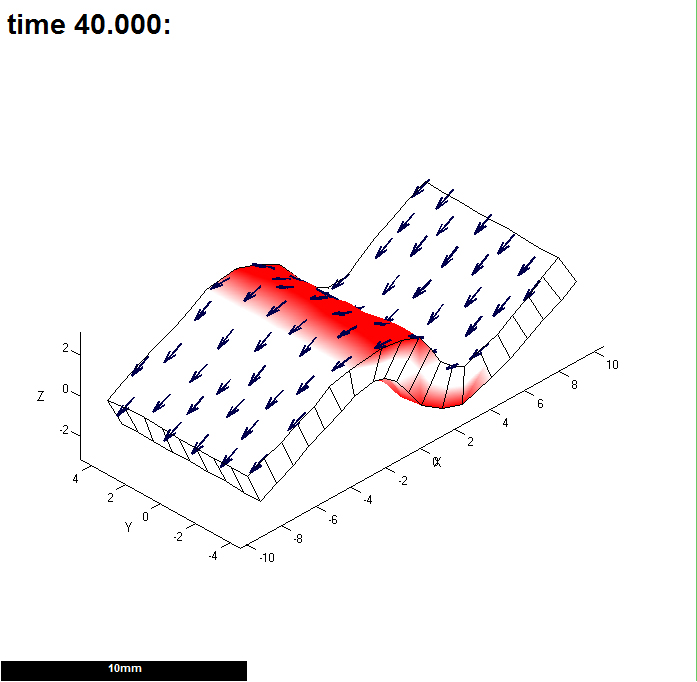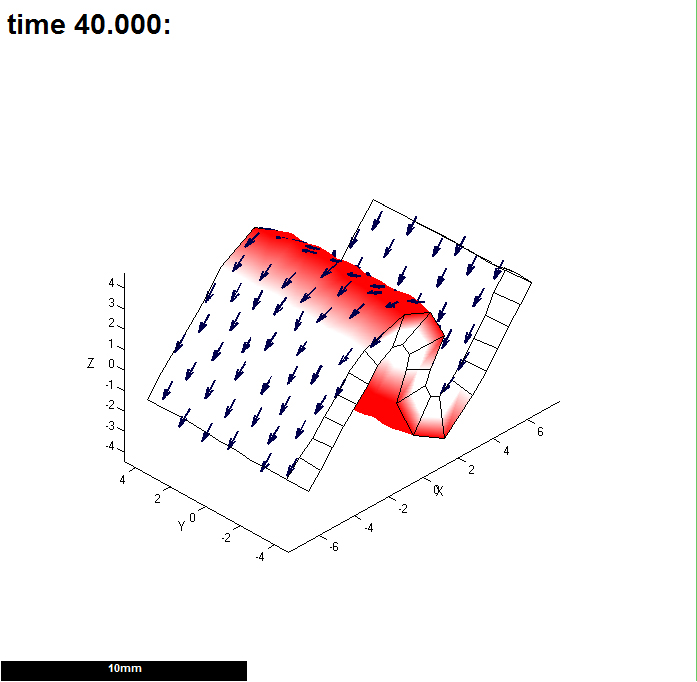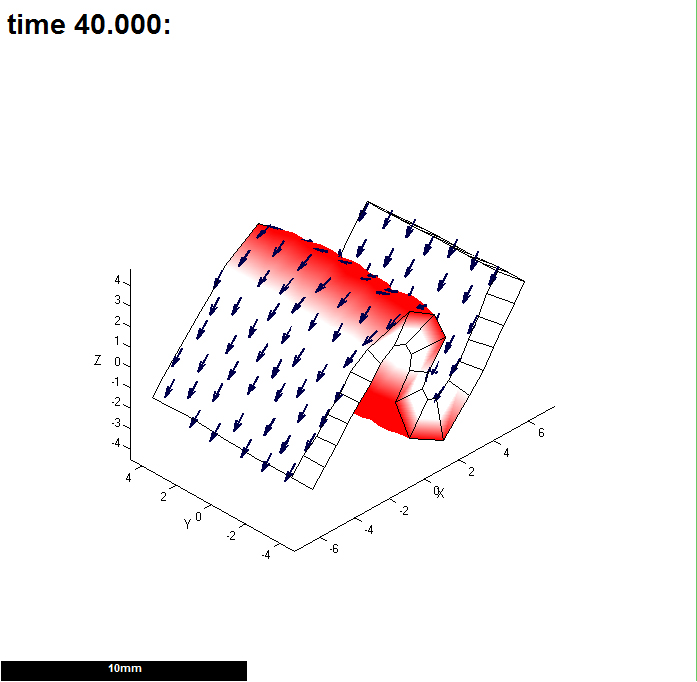Time: tradeoff: Difference between revisions
Jump to navigation
Jump to search
No edit summary |
No edit summary |
||
| Line 8: | Line 8: | ||
|width="200px"|[[File:GPT_DemoSubdivision_DT_3B.jpg|200px|GFtbox interface]]Step size (dt) is 0.1. This shape is very similar to the previous one so we might conclude that it is not necessary to make the stepsize this short, a stepsize of 1 is OK. | |width="200px"|[[File:GPT_DemoSubdivision_DT_3B.jpg|200px|GFtbox interface]]Step size (dt) is 0.1. This shape is very similar to the previous one so we might conclude that it is not necessary to make the stepsize this short, a stepsize of 1 is OK. | ||
|} | |} | ||
It still might not be correct because the mesh itself could be too coarse | It still might not be correct because the mesh itself could be too coarse, [[Mesh: tradeoff|see mesh tradeoffs]] | ||
<br><br> | <br><br> | ||
Revision as of 11:12, 6 December 2012
Return to GFtbox hints and tips
Choosing a timestep that is short enough to be accurate and yet not take too long to compute
There is a tradeoff between speed and the accuracy with which the equation solver can solve the equations. This is feature of all numerical modelling. Continuous time is approximated by a series of short intervals or steps (dt). With steps that are too long the mesh will grow more than about 2% - an acceptable limit. Very short steps take a long time to compute and can also suffer rounding problems. This is an example of subdividing a rectangular mesh in the region in which curves will develop.
It still might not be correct because the mesh itself could be too coarse, see mesh tradeoffs


